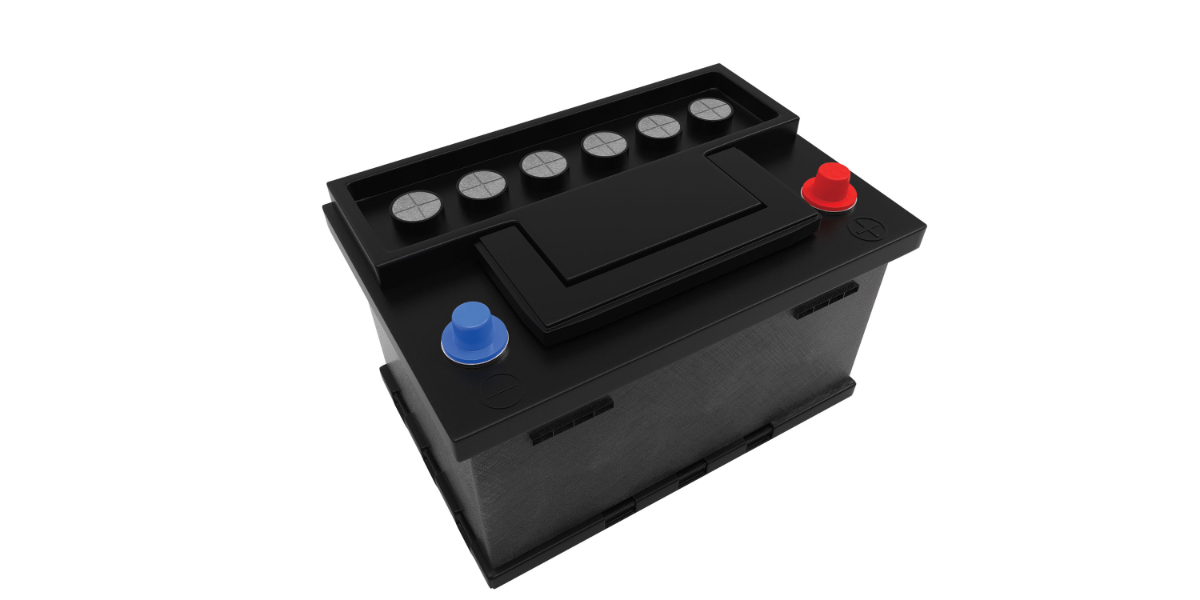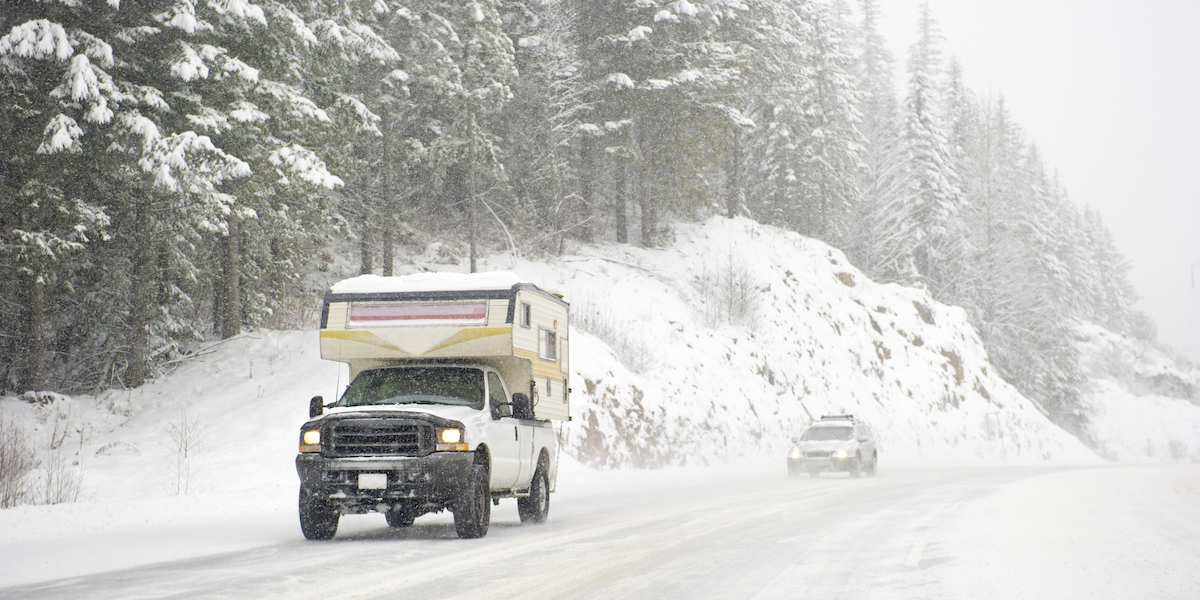RV GPS vs. Smartphone Maps: Which One Works Best?
The Pros and Cons of Using an RV GPS Device or Smartphone to Navigate to the Campsite
Image Caption: Image Courtesy of eskystudio/Shutterstock
Since their introduction in the late 1980s, GPS navigation devices have been a game-changer. By interacting with satellites overhead, RV GPS’s have helped millions of drivers—not to mention sailors, pilots, and backpackers—find their way from one point to the next, ushering in a new era for travel and exploration.
Over the years, those gadgets have added features like detailed maps, turn-by-turn directions, and live traffic updates, all while getting smaller, lighter, and easier to use. Manufacturers even introduced models that include RV-specific features, such as a database of campground locations and custom routing based on the size and weight of your vehicle. Those features make GPS devices almost indispensable when setting out on cross-country road trips.
But the rise in popularity of smartphones has caused stand-alone GPS devices to decline in popularity. Since modern smartphones have built-in GPS capabilities, fewer and fewer people have felt the need to invest in a dedicated gadget to help them navigate. Apps like Waze, Google Maps, and Apple Maps are perfect for finding your way through a busy urban environment, either by car, on foot, or via mass transit. And since those apps are free, easy to use, and always in your pocket, they have a distinct advantage over a larger, bulkier GPS unit.
For RVers, the choice isn’t a simple one, as there are reasons why both devices make sense. With that in mind, these are the pros and cons of using an RV GPS versus a smartphone.
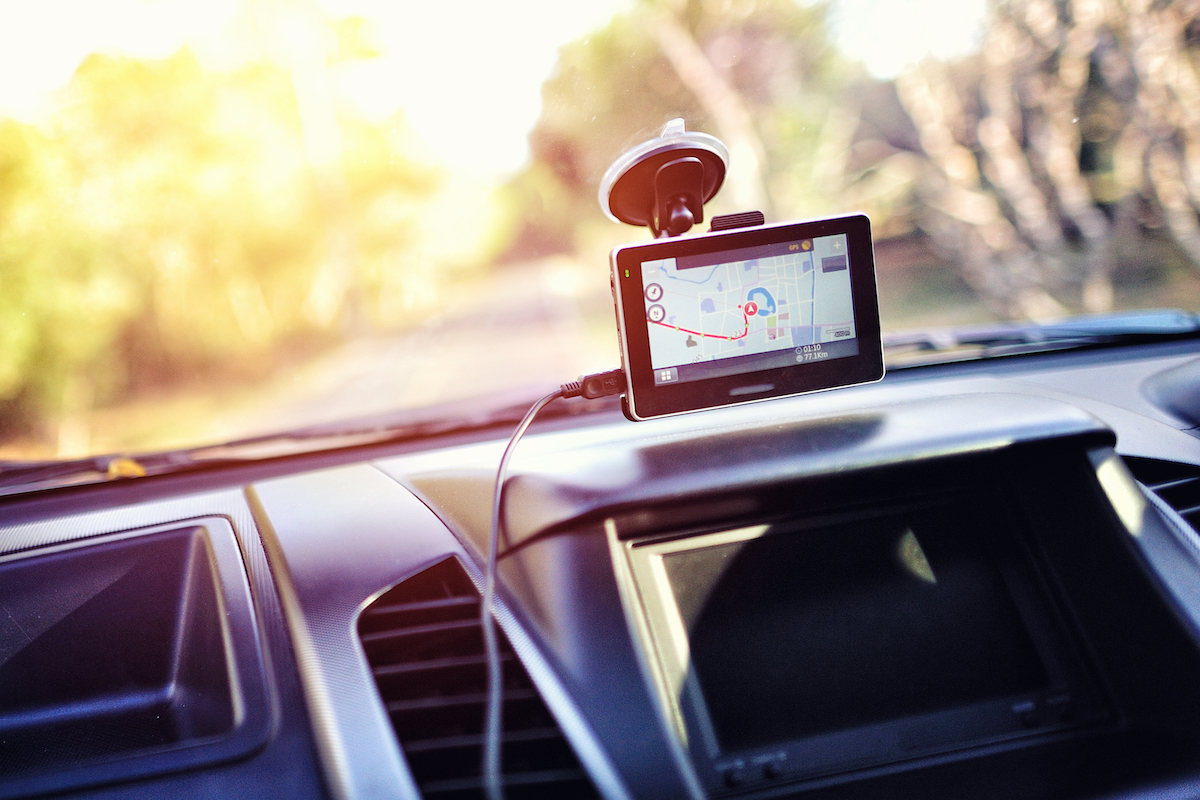
Image Courtesy of SAHACHATZ/Shutterstock
What is an RV GPS?
As noted, an RV GPS is a navigation device made specifically for use in motorhomes and tow vehicles. These gadgets include all the features you would expect to find in a typical GPS unit, plus some additional functionality that RV owners can appreciate. Those features typically include a directory of nearby campgrounds with a rundown of pricing, amenities, and services. These units also offer ratings for hotels and restaurants and show campsites and rest areas along your route.
Perhaps the best feature these devices provide is their custom navigation tools. Usually, drivers can input the size of their RV—including length, height, and weight—and have the gadget find the best route to the destination. When calculating that route, the GPS unit automatically avoids low-hanging overpasses or bridges with a tonnage limit, for instance. These gadgets also provide additional warnings for upcoming sharp turns and steep grades, which could impact your vehicle’s performance and stability.
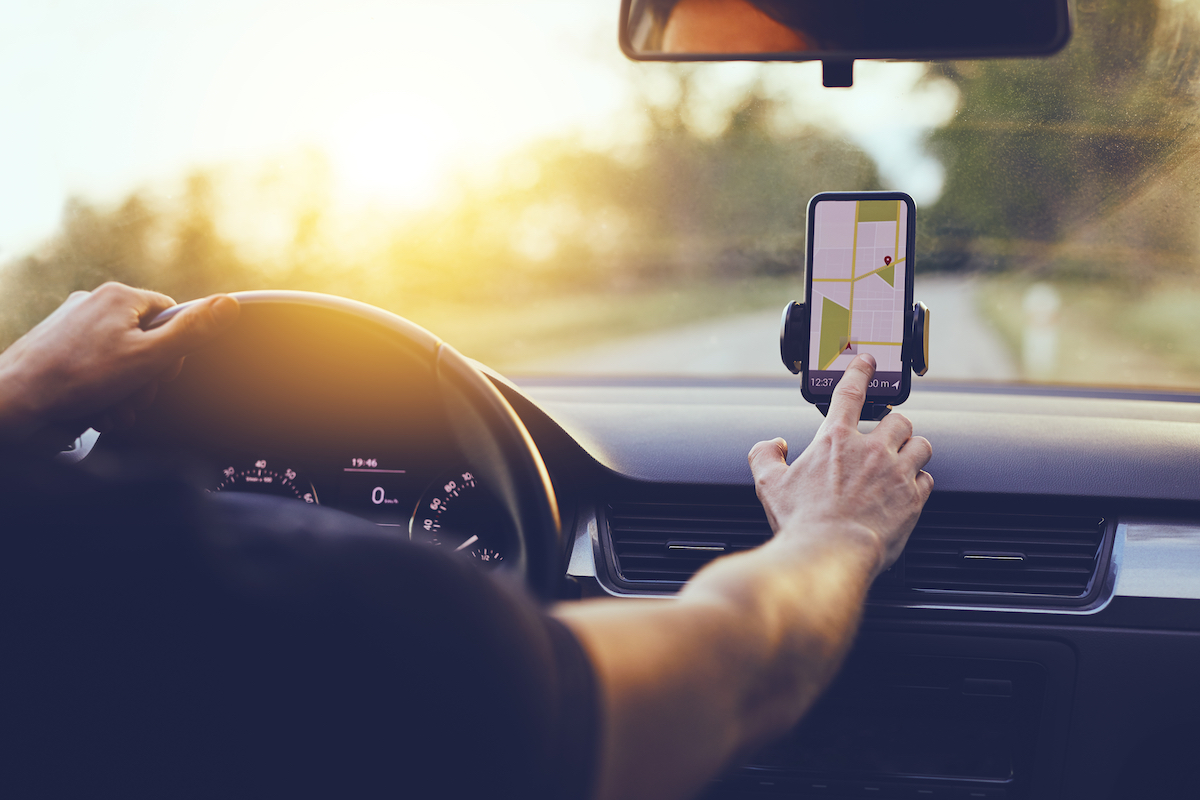
Image Courtesy of Rostislav_Sedlacek/Shutterstock
Price
RV-specific GPS devices range in price from about $250 to $800 depending on the model, features, functionality, and included accessories. Unlike a smartphone—which requires a service plan to function—there are no further costs beyond the initial purchase price. And since these units tend to run just fine for a very long time, there’s no need to replace them with a new model every few years.
In contrast, a basic smartphone with GPS capabilities starts as low as $150 with high-end flagship models running as much as $1500, depending on size and features. However, cellphone companies offer customers price breaks and incentives that can significantly lower those costs, so most users don’t end up paying full price for a phone. Of course, you do have to pay for monthly service, which can run $40 to $100—or more—depending on the carrier.
Comparing prices between these devices can be tricky. On paper, a smartphone costs more than a stand-alone GPS navigational system, but most people are already paying for a cellphone and data plan anyway. The navigation functionality that a phone offers is just one of many features included in that cost.
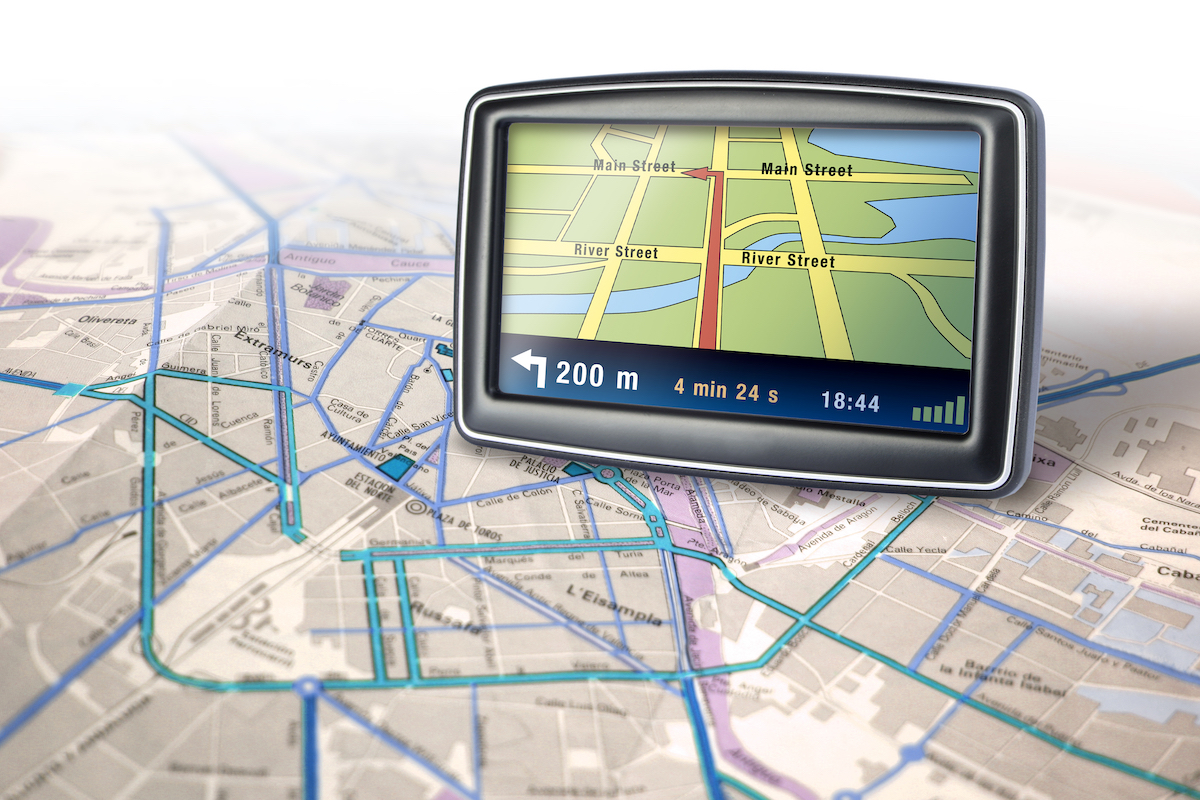
Image Courtesy of Anterovium/Shutterstock
Maps
Dedicated GPS devices and smartphones offer highly detailed maps and excellent navigation algorithms to help you find the most efficient path to your destination. This is true in both urban and rural environments, although map data may not be as accurate or current in remote locations.
Because the app-based maps on smartphones receive updates regularly, any changes or errors to those maps are more likely to be corrected in a timely fashion. The maps installed on a dedicated GPS device can also be updated, but those updates don’t happen as frequently and they aren’t always free. Getting the latest version of a map also requires more effort on the part of the user, as you must actively search for an update and initiate the install over Wi-Fi or by connecting the unit directly to a computer. A smartphone handles all of that automatically and updates often happen in the background whether you’re actively using your phone or not.
That said, the most popular navigation apps on smartphones don’t include RV-specific features, which gives an RV GPS device the edge in this area. But it is possible to install multiple navigation apps on the same phone, which allows you to switch between services based on your current needs. For instance, CoPilot and RV Trip Wizard may not be as helpful on a daily basis as Google Maps or Apple Maps, but they both offer RV-centric features such as custom routing, offline maps, and a database of campgrounds. Having the ability to switch to them when needed is a bonus for smartphone owners.
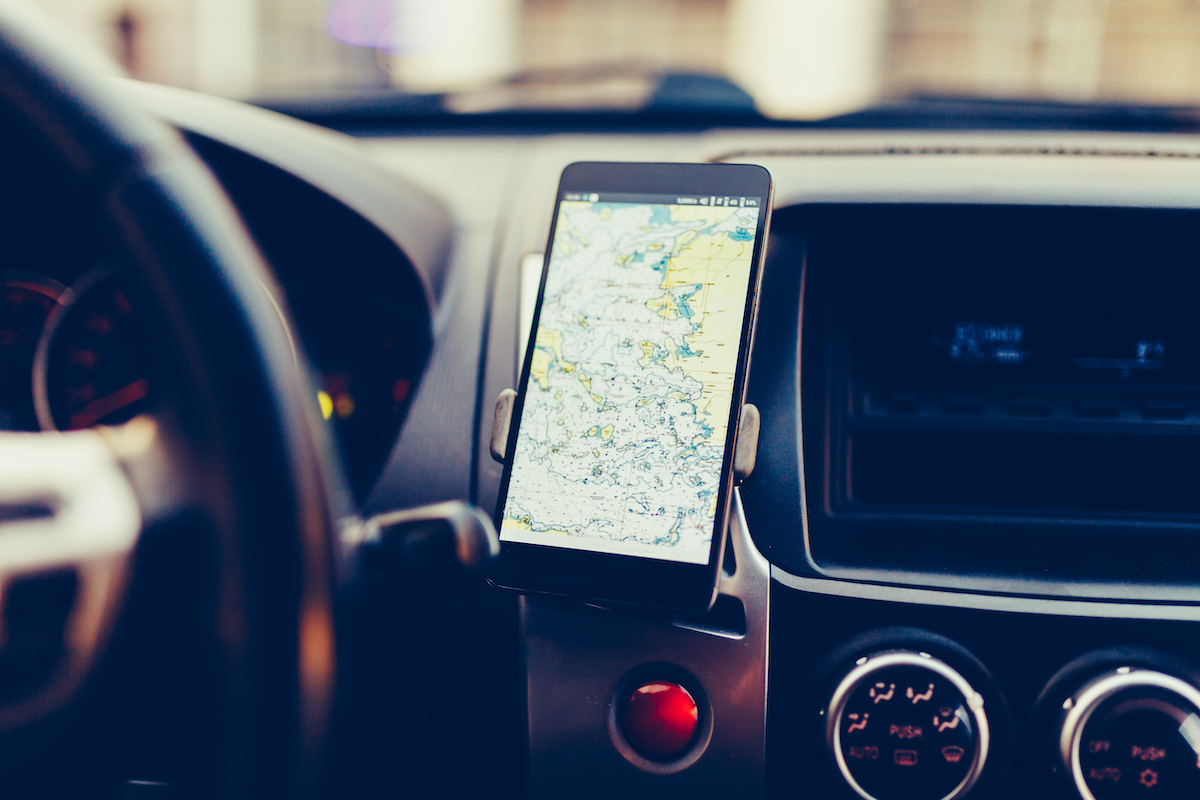
Image Courtesy of Aleksey Korchemkin/Shutterstock
Ease of Use
The operating systems used on smartphones have been refined on an annual basis for more than a decade, making them very easy to use. The onscreen keyboards are quick, responsive, and can even make intelligent suggestions based on the user’s location and needs. Most modern phones also include a voice-activated virtual assistant that can perform many functions without you even touching the device. All of this makes using a smartphone as a navigation tool extremely easy.
RV GPS devices have also seen their user interfaces updated in recent years and, as a result, have gotten much easier to use too. Onscreen menus and commands have become more intuitive and using a touch keyboard is extremely helpful when inputting addresses or searching for a destination. Some of these units even have voice commands that enable hands-free use.
The main drawback for most dedicated GPS devices is that they run on older, slower hardware. This can make the operating system feel sluggish at times and require patience when searching for locations or inputting information on the touchscreen. Still, modern GPS units are much faster and easier to use than their predecessors.
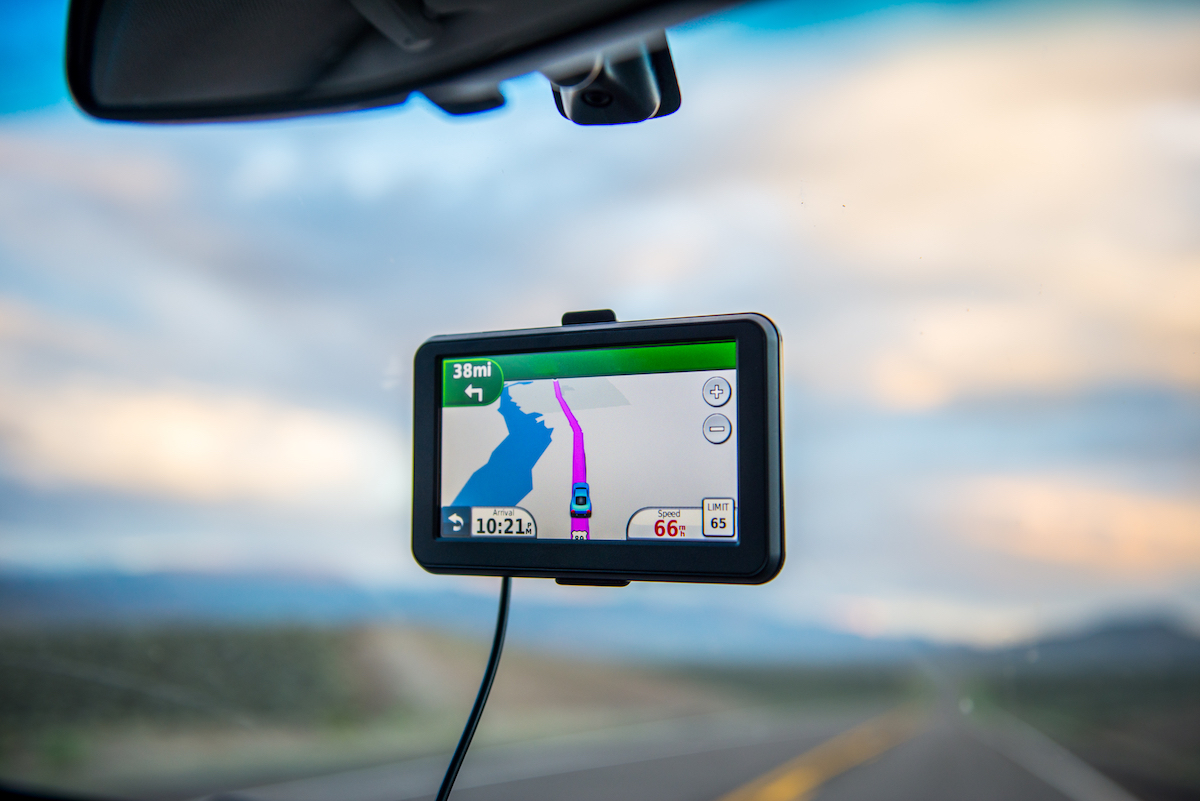
Image Courtesy of Pung/Shutterstock
GPS Connection
Before any GPS-enabled device can assist a driver, it must first establish a connection with a minimum of four GPS satellites. This allows the device to calculate its location within a ten-foot radius anywhere on the planet. Most modern GPS units—including smartphones—are more accurate than that, but factors such as atmospheric conditions, tree coverage, and blocked signals due to buildings and valleys can cause interference.
Most smartphones use what is known as “assisted GPS” to help determine their current location. This method not only connects with GPS satellites but also pings nearby cellphone towers to triangulate your current position. This technique is much faster than using signals from satellites alone. However, if the phone has a weak network connection or service is nonexistent, location data may be less accurate and slower to respond.
In contrast, an RV GPS unit relies strictly on built-in antennas to connect with satellites. Those antennas are larger and more powerful than those found in smartphones, enabling the device to sustain a better connection, even in remote locations. However, because dedicated GPS systems don’t use assisted GPS, they often take longer to establish communication with the satellites.
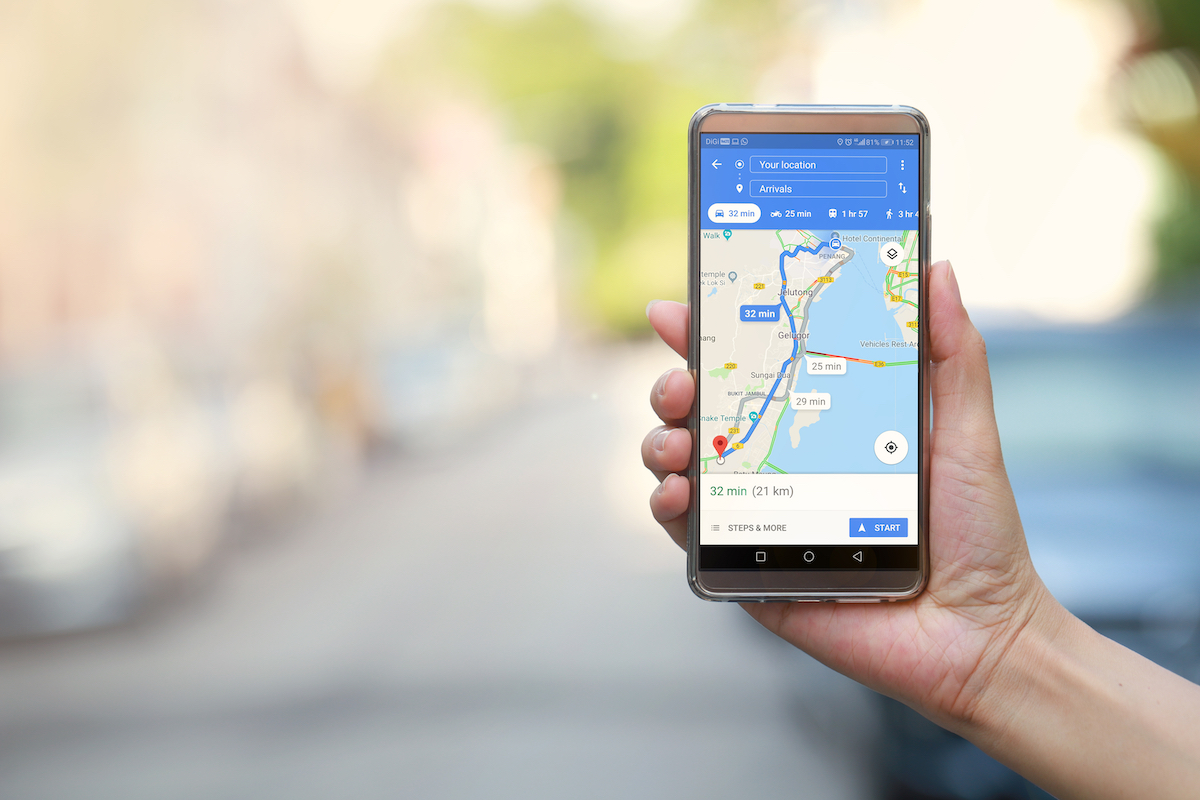
Image Courtesy of AngieYeoh/Shutterstock
Cellular Network Connection
The biggest drawback of using a smartphone as a navigational tool is their reliance on a cellphone network. RVers often find themselves in remote places where network connections simply aren’t available, which limits the usefulness of cell phones in general. Some navigation apps allow you to download maps for offline use, but that must be done ahead of time. Additionally, some features like searching for destinations and amenities—or even navigation routing—may not work without a data connection.
A dedicated RV GPS doesn’t have these issues. The device’s maps and locational data are stored locally and remain accessible at all times. This gives these gadgets a significant advantage over a smartphone and makes them the most reliable choice for boondockers and overlanders.
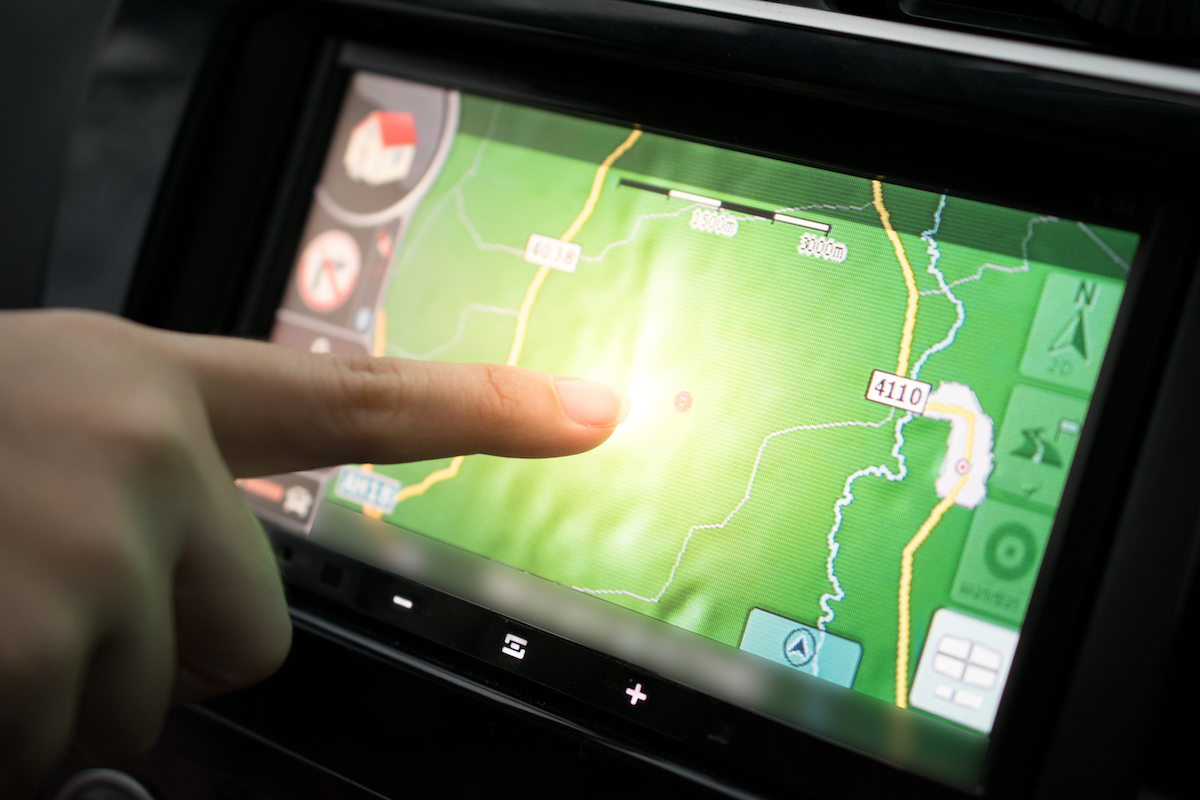
Image Courtesy of noina/Shutterstock
Screen Size and Quality
While smartphone displays have gotten larger in recent years, they still tend to be smaller than a dedicated GPS unit. While larger phones offer screen sizes approaching six inches, GPS devices often have displays that are as large as eight or, even ten, inches from corner to corner. This makes them easier to read and interact with while driving, with more information available at a glance.
Size isn’t everything, however. Smartphone screens may be smaller, but they also have a much higher resolution and refresh rate, which benefits how the maps and other information are displayed. They are also much more responsive to touch and have high brightness and contrast settings that make them easier to read in bright sunlight.
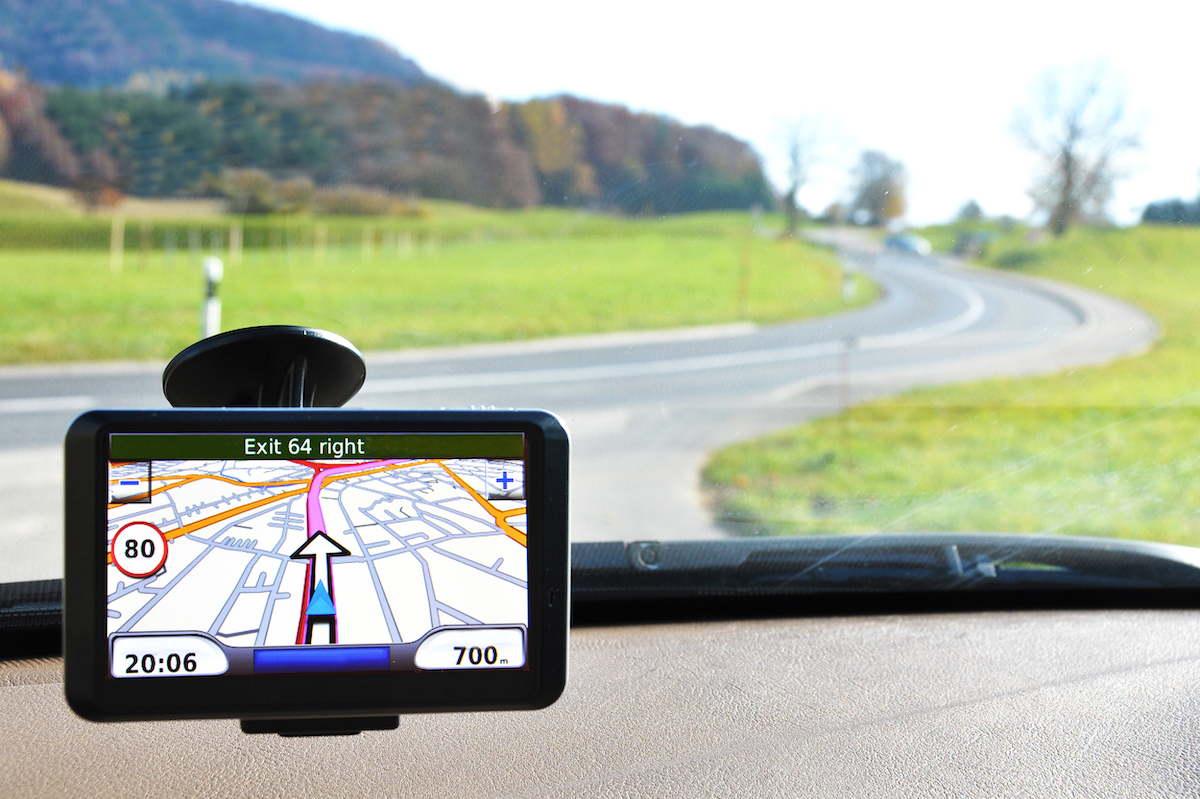
Image Courtesy of Pincasso/Shutterstock
Extra Features
Both smartphones and dedicated GPS units have additional navigation and driving-focused features that set them apart from one another. For instance, some GPS units come with built-in dash cams, which can be very useful in sorting out the details of an accident. These gadgets may also display real-time traffic updates or function as a hands-free Bluetooth speaker for safely taking phone calls while driving.
Smartphones also show traffic patterns and can automatically reroute the vehicle if heavy traffic impacts travel time. Navigation apps also make it easy to add stops or points of interest to your route, which isn’t always the case with a stand-alone GPS device. A phone can also provide weather data, current gas prices, the business hours of local restaurants and shops, and more.
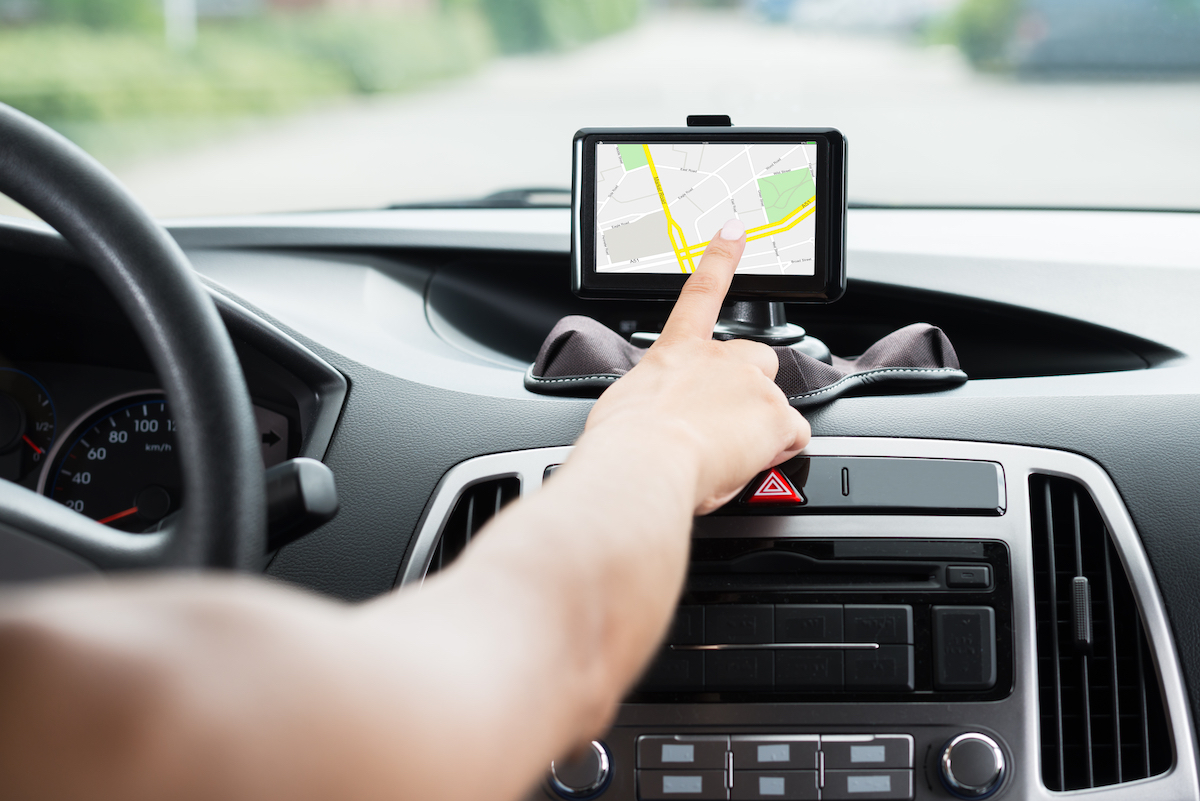
Image Courtesy of Andrey_Popov/Shutterstock
Final Verdict
Considering the diverse functionality that a smartphone brings to the table, it would be easy to recommend using those devices over a dedicated GPS unit. But dedicated GPS devices excel when traveling in remote areas where cell service is not available. They also sustain a GPS signal better, which makes them a more reliable option for RVers, no matter where you wander.
Since most people already own a smartphone, the best solution is really to use both devices. You’ll get the reliability of a stand-alone GPS model while also enjoying the versatility of a smartphone. Using two navigation tools is also great for double-checking routes and finding hard-to-reach places. Just keep in mind that Google Maps and Apple Maps don’t have RV-specific modes and won’t account for the size of your vehicle when generating a route.
Thanks to improvements in technology, we live in an era when navigating from one place to the next is easier than ever. These tools are handy to have at our disposal and no one should set out on a long-distance road trip without one.
The Best RV GPS Devices
There are many good RV GPS devices to choose from, but these are some of the best devices to help you navigate to the campground.
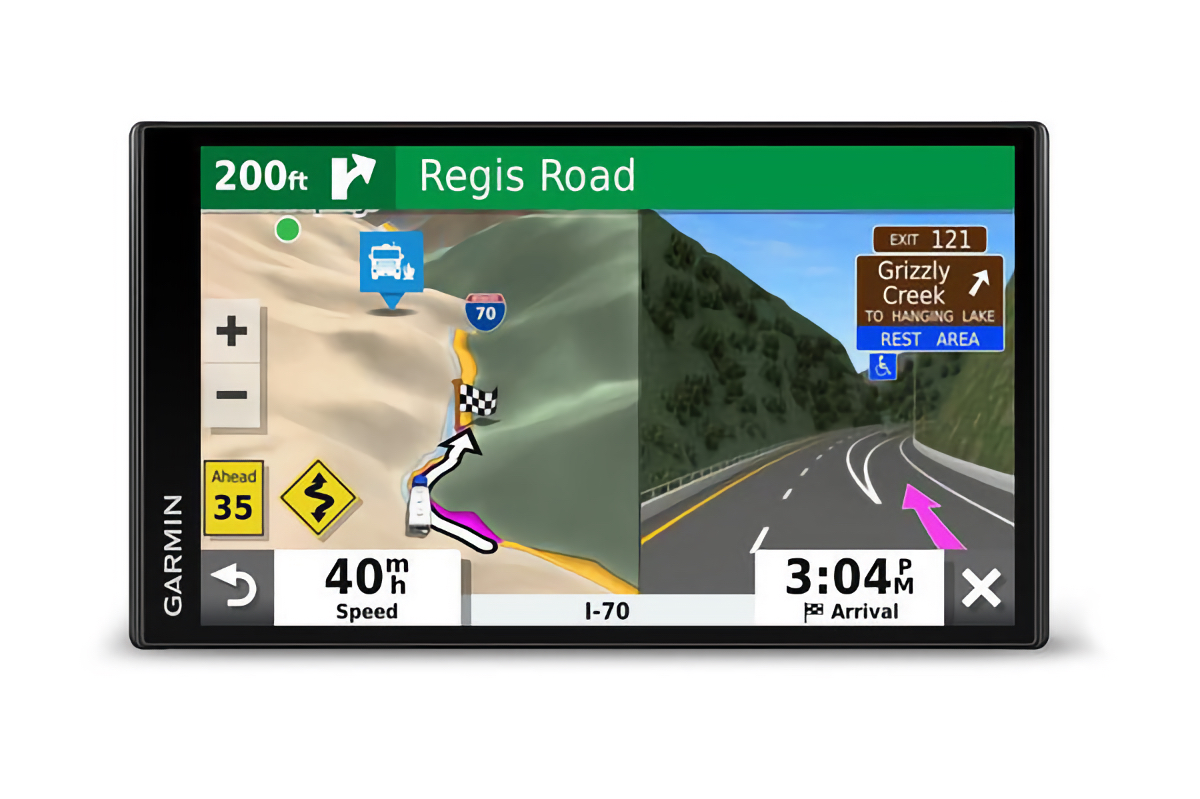
Image Courtesy of Garmin
Garmin RV 780 & Traffic
With a 6.95-inch touchscreen display and custom routing options based on the size of the vehicle, the Garmin RV 780 & Traffic is a feature-packed GPS device made for RVers. This unit comes preloaded with maps of the US, Puerto Rico, Mexico, Canada, the US Virgin Islands, Cayman Islands, and the Bahamas. It also has a built-in directory that includes TripAdvisor ratings for campgrounds, restaurants, and shops. Maps receive updates via Wi-Fi and onboard voice commands provide hands-free interactivity.
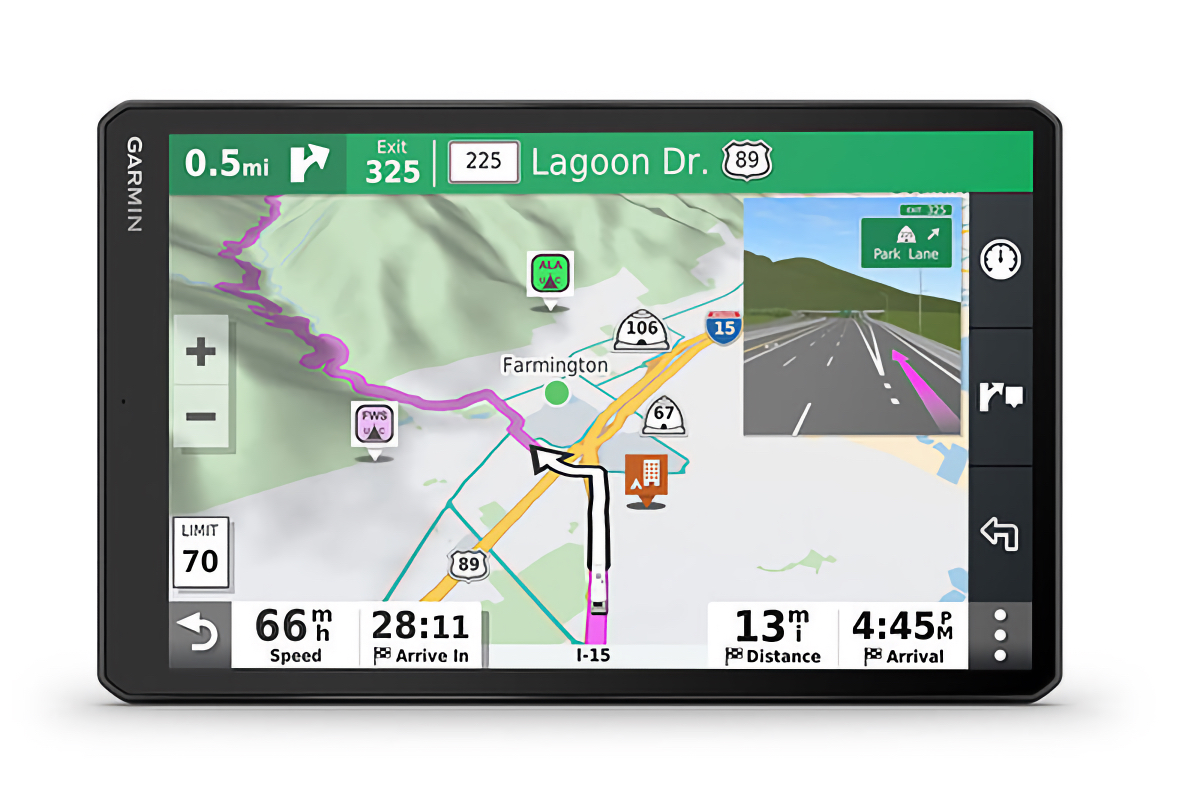
Image Courtesy of Garmin
Garmin RV 1090 GPS Navigator
The Garmin RV 1090 GPS Navigator shares many of the same features as the Garmin RV 780, with a few notable upgrades. For instance, this unit has a larger ten-inch, high-resolution display and can pair with a smartphone to serve as a Bluetooth speakerphone. The device can also rotate, allowing it to function in either portrait or landscape mode. It also provides drivers with alerts for steep grades, sharp curves, or changing weight limits that could impact safety—something RV owners can undoubtedly appreciate.
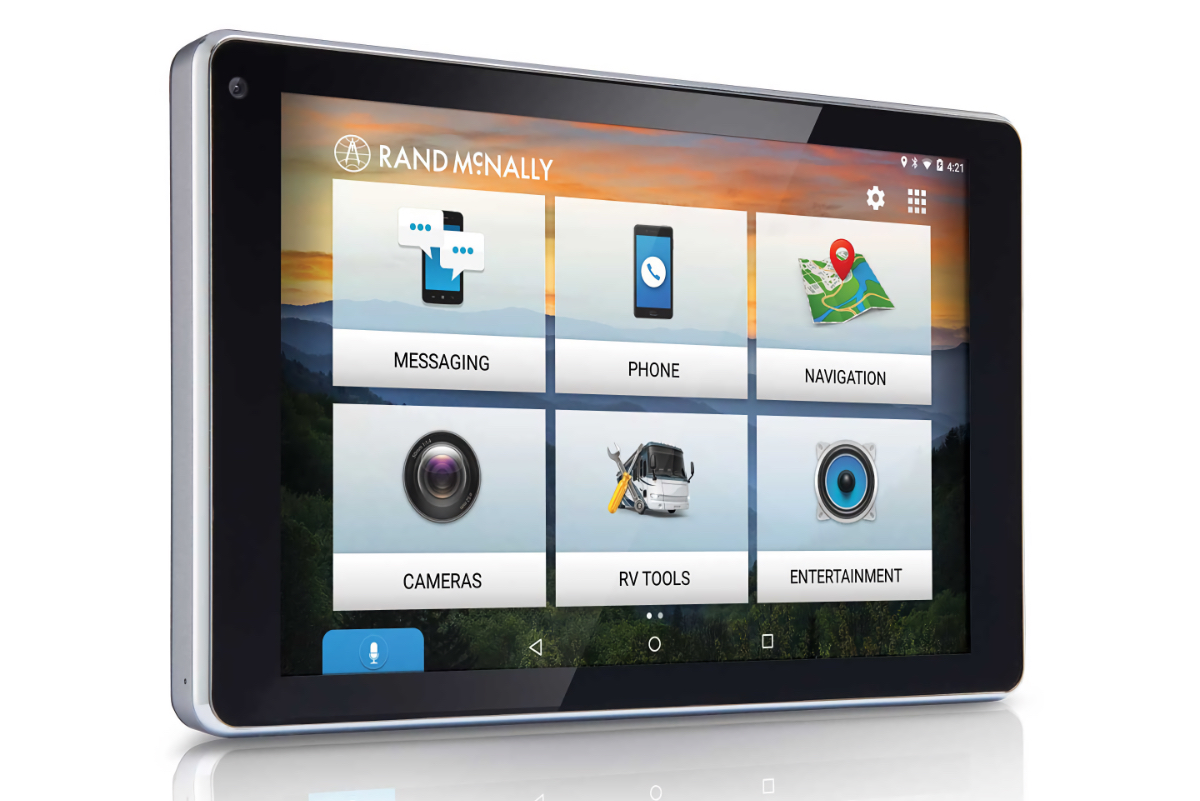
Image Courtesy of Rand McNally
Rand McNally OverDryve 7 RV
In addition to offering RV-specific navigation, detailed maps, and an extensive database of points of interest, the Rand McNally OverDryve 7 RV has some unique features that set it apart. This unit has a very intuitive user interface, can be paired with a smartphone for calling and texting, and includes onboard Wi-Fi for system updates. It also has apps for streaming music and a web browser for surfing the internet. The OverDryve even includes a built-in dashcam for recording unexpected traffic incidents.

